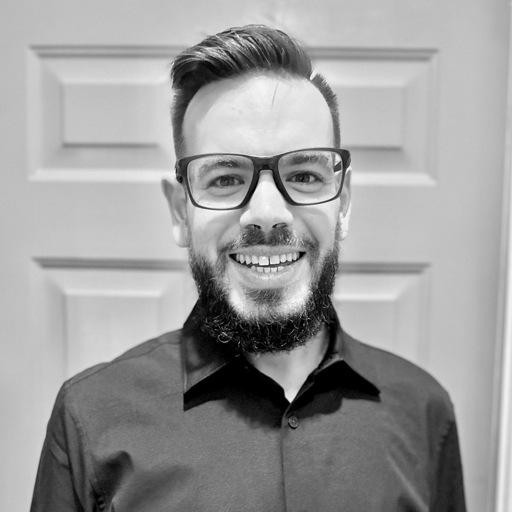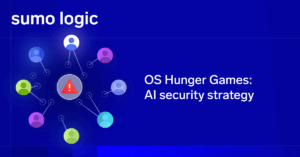
Sumo Logic is known for delivering world-class content to our customers, partners and prospects through eLearning and Instructor-Led formats. Today, we’re leveling up our program to help our users enhance their skills, gain valuable certifications, and demonstrate their mastery of the Sumo Logic Platform.
Our courses are developed by a team of expert Instructional Designers who work closely with Sumo Logic’s product teams to ensure top-tier content quality and relevant, real-world applicability.
This new educational brand delivers engaging and interactive learning experiences that will empower you to fully leverage Sumo Logic’s capabilities in your professional role.
By investing in a credential, you’ll gain a professional advantage and elevate your career as a Sumo Logic Certified learner. Training accelerates your platform adoption, enabling you to proficiently and confidently leverage Sumo Logic within your organization and adopt advanced use cases with ease.
Become Sumo Logic certified: Showcase your Sumo Logic expertise!
One of the standout features of Sumo Logic Academy is the Sumo Logic Certified Program.
Previously, certifications were simple multiple-choice forms hosted in our Learning Portal. They didn’t assess based on skillset and were simple knowledge questions based entirely on the content of the training class and use cases brought up.
In partnership with Kryterion, a live exam proctor, we offer proctored exams that safeguard against cheating by verifying your identity and environment.
Passing a certification earns you a digital badge, demonstrating your skillset in using Sumo Logic’s tools and solutions to peers, business leaders and yourself.
Available certifications range from Sumo Logic Certified Fundamentals User to Certified Cloud SIEM Practitioner. Check out our new website for a breakdown of the new certification badges.
Training offerings to fit your schedule
Sumo Logic Academy will continue to offer our best-in-class training offerings, including our groundbreaking free public instructor-led virtual classrooms.
Private classroom sessions are ideal for training up larger teams and ensuring dedicated 1:1 time with our expert instructors. These are available for purchase in either virtual or onsite settings.
Here’s a detailed breakdown of our training offerings:
• Self-Paced eLearning – Access complimentary, on-demand courses at your own pace through our online portal. Access the portal here.
• Instructor-Led Virtual (Public) – Live virtual sessions led by expert instructors in all global time zones, offered at no cost. Check out our schedule here and sign up for a class today!
• Instructor-Led Dedicated Virtual (Private) – Customized training sessions for your team (private sessions are available upon request). See the website for details.
• Instructor-Led Dedicated Onsite (Private) – In-person training at your location, tailored to your team’s needs. See the website for details.
• Instructor-Led Dedicated Onsite Customized (Private) – Specialized training customized to your specific use cases and requirements. See the website for details.
Irrespective of format, all of our training sessions include hands-on labs that ensure an engaging and interactive experience. You’ll get to apply what you’ve learned in a real-world environment, ensuring that the knowledge sticks.
Sumo Logic Certified overview
Sumo Logic’s certification program offers an opportunity for users to demonstrate their expertise through proctored certification exams. Here’s a quick overview of what you need to know:
• Course completion: Each certification requires the completion of its respective self-paced or instructor-led course.
• Experience recommendation: It’s strongly encouraged that users have at least six months of hands-on experience with the product before enrolling in a certification exam.
• Proctored exams: All exams are timed and administered online through Kryterion, with a live proctor overseeing the process.
• Pricing: Fundamentals exams cost $100, while advanced certifications are priced at $150. You can purchase these through the exam proctor or directly via a Sumo Logic sales representative.
• Certification validity: Your certification will be valid for two years.
• Showcase your achievement: Once you’ve passed, you’ll receive a digital Credly badge that can be displayed on your resume, social media profiles, or anywhere you wish to highlight your achievement.
For more details on registering, enrollment requirements, or general inquiries, be sure to visit our Program FAQ or reach out to us at training@sumologic.com.
Ready to level up?
Whether you’re seeking to sharpen your skills, boost your resume, or gain recognition in your field, Sumo Logic Academy provides the tools and support you need to succeed.
Get started on your journey to becoming Sumo Logic certified.
Sign up for a free trial to start accessing our training programs.




